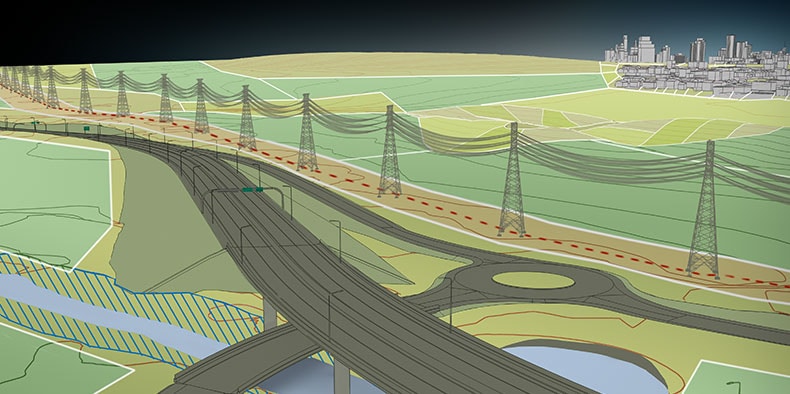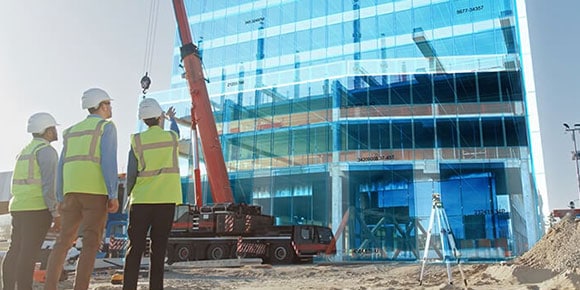Learn how to solve challenges, not just how to use a tool. Explore self-paced and data-informed learning options.
Uplevel your civil engineering skills with AutoCAD and Revit
Accelerate your career with our industry-validated courses and certifications. Gain the skills you need to connect people and data across the entire building lifecycle.
See what our courses have to offer
-
![Woman works with AutoCAD on a tablet in a workshop]()
-
![Computer rendering of an infrastructure model including a roadway]()
Create surface boundaries
Learn the difference between destructive and non-destructive boundaries, and how to apply them to your surface.
-
![Woman using software on a computer in an office environment]()
Try an exercise
Practice how to create a new sheet template based on an existing one.
Courses curated to help you improve your skills on the job
Our courses help you build industry-validated, in-demand skills that will future-proof your resume.
-
![Civil 3D for Infrastructure Design Professional Certification Prep course]()
Civil 3D for Infrastructure Design Professional Certification Prep
Get in-demand skills by learning certification exam topics such as points, parcels, surveying, surfaces, and grading.
-
![Surface Modeling for Infrastructure Design course]()
Surface Modeling for Infrastructure Design
Learn to create and work with surface objects in this focused course for civil engineers.
-
![AutoCAD for Design and Drafting Professional Certification Prep course]()
AutoCAD for Design and Drafting Professional Certification Prep
Follow along with lessons, datasets, and exercises to practice and review the exam topics on your own.
-
![Plan Production and Managing Data for Infrastructure Design course]()
Plan Production and Managing Data for Infrastructure Design
Document your products with ease by learning how to use Civil 3D for your plan productions.

Start your learning journey today
Explore curated learning content for professionals in civil engineering and construction roles.
Prove your skills by getting certified
We offer building engineering certifications in AutoCAD and Revit.
See how civil engineers like you are leveling up their careers
"To have that certification there gives you credibility."
"It's a good certification to have that shows that you have experience with the software, which is really important on a day-to-day basis to be able to do things quickly and efficiently. For me, it’s a way to let people know that I have the skills to work in that software and I can help people out in my firm.
I also tend to spend some time on the forums answering questions and everything. There's a pretty good community within Autodesk. To have that certification there gives you credibility." — Zachary Jensen, Civil Engineer
Don’t miss these key civil engineering resources
-
![Compute rendering of a house design]()
Innovation for Affordable Housing
Habitat for Humanity is trying its hand at 3D printing affordable homes, with the goal of achieving faster, more efficient construction.
-
![Illustration of three construction workers at a job site]()
What Is Lean Construction?
This highly collaborative method involves all stakeholders in the production-planning stage, including the tradespeople doing the work.
-
![Cityscape including vegetation and solar panels in the foreground]()
Sustainability in Civil Engineering
Construction can have a major impact on the world’s health. But sustainable construction practices aren’t just good for the planet—they’re also good for business.
-
![Construction workers at a skyscraper job site]()
Digital Twins in Construction
What do digital twins mean for the construction industry? Watch the video to learn how intelligent data models can shape the built world.










